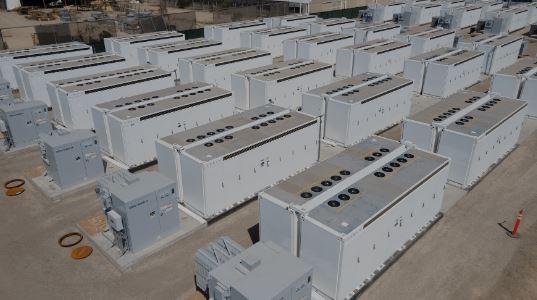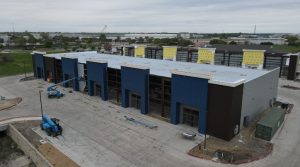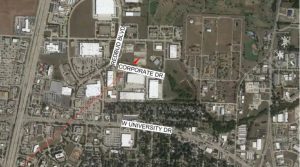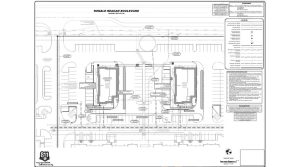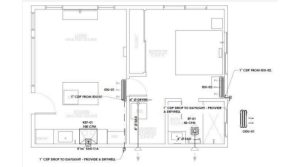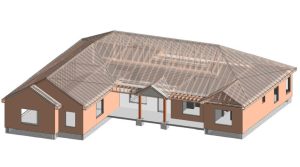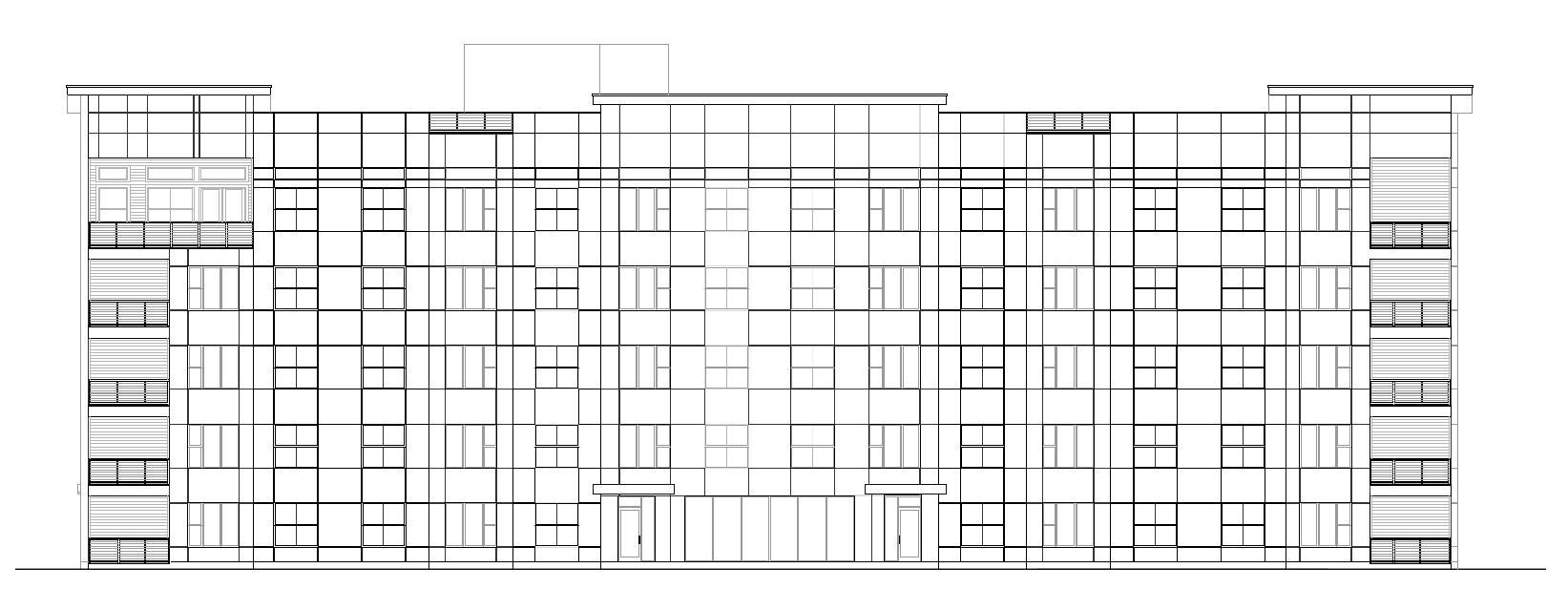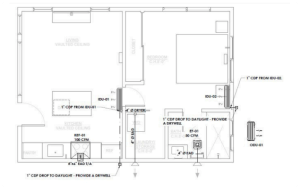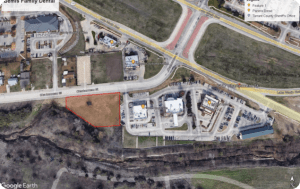Integrating Battery Storage Systems in California’s MEP Design
Introduction
As California continues to lead the charge toward a sustainable future, integrating battery storage systems into Mechanical, Electrical, and Plumbing (MEP) design has emerged as a transformative solution for modern energy management. With increasing demands for renewable energy and the urgency to reduce carbon footprints, these innovative systems are becoming essential components of building infrastructure.
This blog post explores the pivotal role that battery storage plays in enhancing energy efficiency, ensuring grid reliability, and promoting resilience against power outages. We will delve into the latest advancements in battery technologies, examine case studies from California’s diverse landscape, and discuss best practices for integrating these systems into MEP design.
The Importance of Battery Storage in Modern Energy Systems
Battery storage systems have become a critical component of modern energy infrastructure, especially in California, where sustainable and reliable energy solutions are in high demand. These systems address several challenges associated with renewable energy integration, grid stability, and energy accessibility.
As California pushes towards its goal of achieving 100% clean energy by 2045, the need for efficient energy storage solutions is becoming increasingly apparent. Renewable sources like solar and wind energy are inherently intermittent. Battery storage serves as a buffer, storing excess energy generated during peak production times and making it available when needed. This not only enhances energy reliability but also supports a seamless transition to a renewable energy grid.
Additionally, battery storage systems help reduce reliance on fossil fuels during peak demand periods. By discharging stored energy when demand surges, these systems prevent blackouts and reduce the need for costly, gas-powered peaker plants. This improves grid resilience while lowering greenhouse gas emissions.
Overview of California’s Energy Landscape
California’s energy landscape is shaped by diverse sources, policies, and challenges. As the most populous U.S. state and a global leader in environmental initiatives, California has set ambitious goals to transition to renewable energy while ensuring grid reliability and reducing carbon emissions.
- The state’s commitment to reducing greenhouse gas emissions has led to significant investments in solar, wind, and other renewable technologies. However, renewable resources can be intermittent, making energy storage essential for maintaining a stable and resilient grid.
- Battery storage technology provides an effective solution by capturing excess energy during peak production times and making it available during high-demand periods.
- Extreme weather events, such as wildfires and droughts, have underscored the vulnerabilities of California’s energy infrastructure. Integrating battery storage into MEP design can enhance grid stability, ensure reliable power, and contribute to California’s sustainability goals.
Key Benefits of Integrating Battery Storage in MEP Design
Incorporating battery storage into MEP design offers several advantages, making buildings more energy-efficient and resilient.
- Enhanced Energy Resilience: Battery storage provides backup power during outages, ensuring critical systems remain operational during grid failures caused by wildfires or other extreme weather events.
- Cost Savings on Energy Bills: By storing energy during off-peak hours when electricity rates are lower, battery storage helps reduce energy expenses. This makes it an attractive financial investment for businesses and homeowners.
- Peak Load Shaving: By discharging stored energy during peak times, battery systems reduce strain on the grid and help lower utility rates for commercial and residential buildings.
- Increased Use of Renewable Energy: Battery storage maximizes the use of renewable sources such as solar and wind by storing excess energy and making it available when production is low.
- Improved Demand Response Capabilities: These systems participate in demand response programs, reducing energy consumption during peak demand and earning incentives for building owners.
Regulatory Framework for Battery Storage in California
California has implemented a comprehensive regulatory framework to encourage battery storage adoption. The California Public Utilities Commission (CPUC) plays a key role in setting policies that support the integration of battery storage into the energy grid.
- One major initiative is the Self-Generation Incentive Program (SGIP), which offers financial incentives for installing energy storage systems. This program helps residential and commercial customers invest in battery storage, enhancing energy resilience and reducing reliance on fossil fuels.
- Additionally, California’s energy storage mandate requires utilities to procure at least 1,325 megawatts of energy storage by 2024, driving innovation in battery storage technologies.
- Compliance with state policies and fire safety regulations is also essential for MEP designers integrating battery systems into buildings.
Assessing Energy Needs: Load Analysis and Forecasting
A crucial step in integrating battery storage into MEP design is conducting a load analysis and energy forecasting. This involves evaluating current and future energy demands to ensure efficient and effective energy storage solutions.
By understanding consumption patterns, engineers can design battery storage systems that optimize energy use, reduce costs, and enhance reliability. Proper forecasting ensures that buildings remain energy-efficient while reducing dependency on the grid.
Conclusion
Integrating battery storage into California’s MEP design is not just an innovative approach—it is essential for a sustainable and resilient energy future. These systems optimize energy efficiency, reduce costs, enhance grid reliability, and support renewable energy adoption.
As California continues to lead in energy innovation, embracing battery storage empowers engineers and designers to create smarter, more adaptable infrastructures. By prioritizing battery storage in MEP design, we can collectively contribute to a greener future while ensuring our energy systems are robust enough to meet tomorrow’s demands. Let’s champion this integration and power the future responsibly!
Visit: https://gdiengdesign.com/gdiengdesign-mep/

